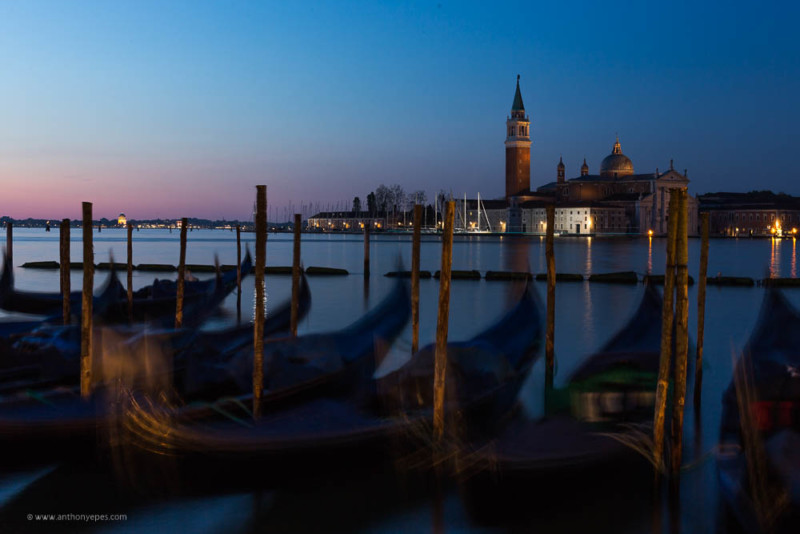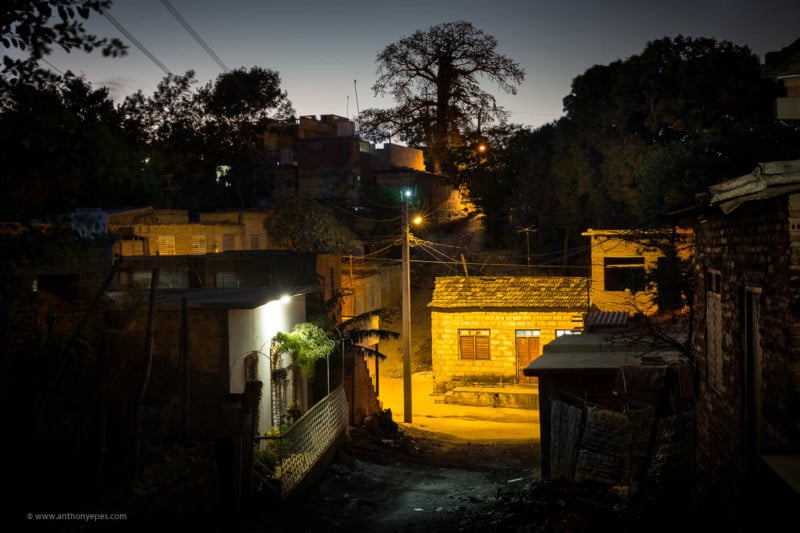Tripod as Zen Master: The One Piece of Kit That Has Shaped Me
![]()
I’ve had many cameras in my 36 plus years as a photographer. I started with a Pentax K1000 (a brilliant camera) then I moved on to my beautiful Hasselblad and many Canons. The cameras come and go, either from wear and tear or the demands of needing new technology. But in all my time my as a photographer, I’ve only had 3 tripods.

I am currently on my 3rd tripod – although I still have the second as a backup. This one is bigger, lighter, more sturdy and made of carbon fiber.
The function of a tripod is, of course, the same, regardless of the material it’s made from – holding a camera very still for extended periods for time.

But apart from their inherent functionality, there is one other thing they have in common – they have changed the way I approach my photography.
Even when I’m not shooting at shutter speeds slower than 1 second (which is the essential time gauge of when you must have a tripod) I still carry my camera around on a tripod.
I find it comforting as it gives me so many options with my aperture, shutter speed, and ISO. Having a tripod means I am prepared to shoot in any lighting condition – in low light inside a building, at night – I can be anywhere at any time.

And that is just the technical side. What it has done for my creative side is encourage me to slow down and really look at all aspects of my compositions with a very intentional mindset – micro-movements with the tripod head became something I just do. One millimeter here another there.
So as I was shooting and getting better as a fine artist my tripod was always there with me making me think and move with greater attention to detail. Helping me make more perfect exposures, horizons, and compositions.

Thank you tripod! I really do believe it has been the one piece of kit that shaped me, and not just my photography but my MIND as well. It set the pace of my journey.
Nowadays I only use my tripod primarily for long exposures but still find myself lugging it about even in full sun. I don’t even use it 80% of the time but I take it because I never like the feeling of maybe needing it.
I think my relationship with my tripod is a bit like Luke Skywalker and Yoda – it’s on my back as I trek and train, speaking words of knowledge and encouragement and when I’m having trouble it will always, if not reluctantly come to my rescue.

Some Tips on Buying a Tripod
I get asked frequently about how to approach buying a tripod. There are 3 basic things you should consider when buying one. And these are VERY important since you will probably spend nearly the rest of your lives together.
In order of importance I consider:
1. Height
A lot of people put weight as the first priority, but not me. My tripod needs to meet me on MY level, not the other way around! It’s nice to have a compact and light 3 legged companion, but not if you have to bend over to use it.
You will soon find that you are not the perfect match if you have to constantly bend yourself in half to look into the viewfinder or screen. You will find your relationship soon fades and there will come a day when you completely forget to take it out.
A good tripod is one, that fully extended, is perfectly aligned with your eyes.

2. Weight
Is important but it is the second consideration for me. Find one with a good height first that doesn’t weigh too much. If you don’t there will come a day when you look at it in the corner of the room and say “Ugh…!” If you do often say “ugh” then you probably have the wrong tripod and your relationship will never fully develop.
After height and weight, the 3rd consideration most photographers will mention is sturdiness. Unless you plan to spend $20 on a Velbon, sturdiness is something that almost all tripod are good at and for general photography, your average tripod is plenty sturdy.
So, instead, my 3rd requirement is the profile.
3. Profile
Being a travel photographer it is important that my tripod fits nicely on my bag and when it is stowed away I can forget it is even with me. It can be stowed in the center of your bag or on the side. I prefer it in the center — you’ll have better balance and less fatigue over long treks.
Finding your perfect tripod is not an easy thing to do. It needs to be the perfect balance of height, weight, and profile (or sturdiness…I won’t argue.) There are dozens of manufacturers and hundreds upon hundreds to choose from. Ranging in price from £30 to £2000 ($40-3,000) and up.

4. Store
My last, essential tip: visit a camera store! Visit your local camera shop and try out the tripods — for each one, fully extend it, feel the weight and understand how you will carry it on and off your bag.
Read also: The Best Tripods
If you do this then you are guaranteed to have a long a mutually loving relationship for many decades to come. Good luck folks and may the 3-legged force be with you!
About the author: Anthony Epes is a photographer whose work has been featured internationally; including on BBC, French Photo Magazine, Atlas Obscura and CNN. The opinions expressed in this article are solely those of the author. Epes is also a teacher – writing in-depth free articles on his website. Receive his free ebook on the two essential skills that will instantly improve your photos, and sign up to his weekly newsletter providing inspiration, ideas and pro-photo techniques. This article was also published on Cities at Dawn.